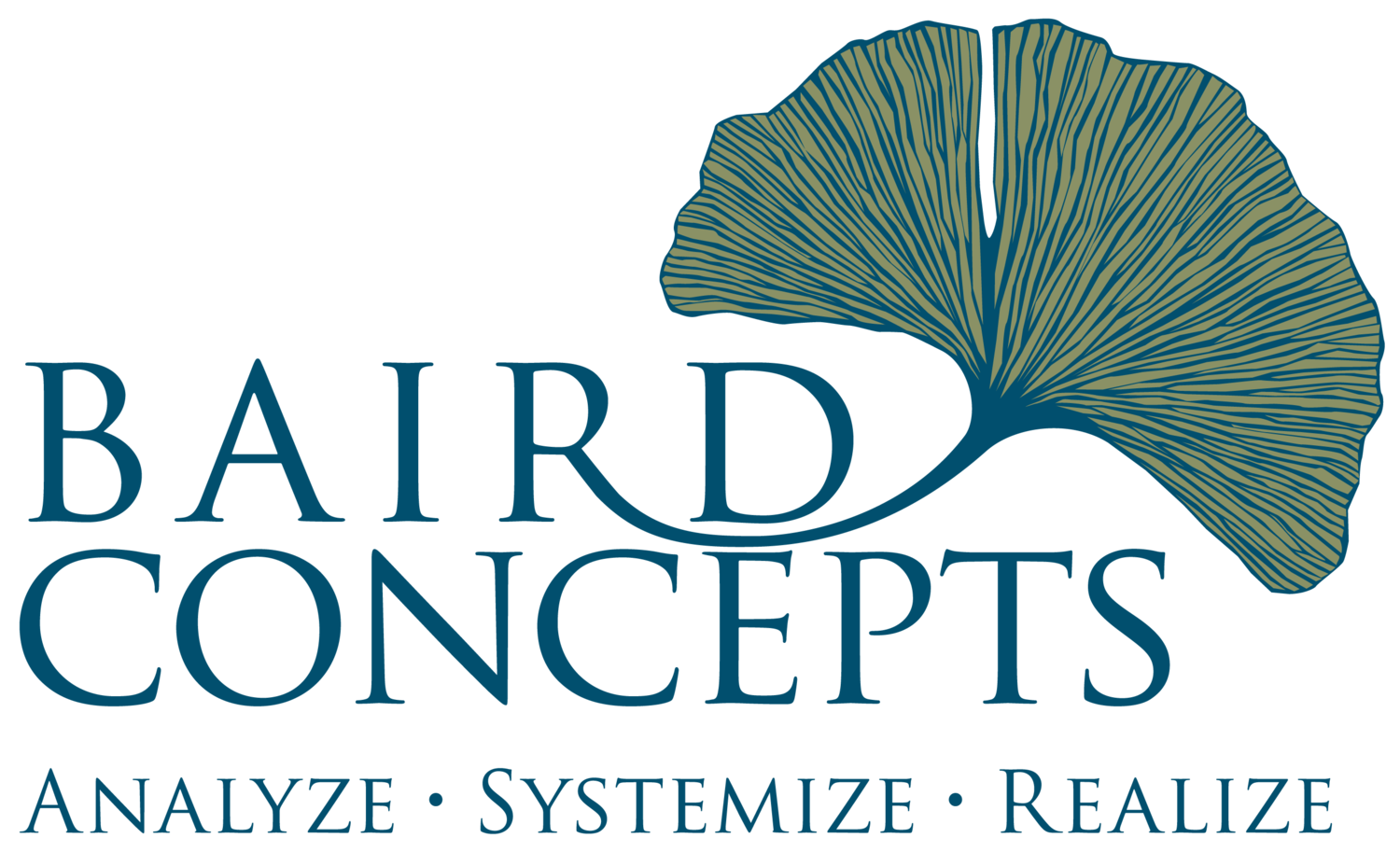Hit a Home Run with a Self-Managed Team Structure
We are a few posts into the Dental Leadership blog series, so let’s briefly catch up. In the first post, I discussed how to manage the “bad-apple” employee, or diplomatically speaking, an employee who is not the right fit for your practice. In the second, I outlined hiring processes and systems to help prevent you from hiring a bad apple employee and attract quality talent. In the last post, I addressed the most common complaint employees have about their workplace: Not knowing what is expected of them. It is critical is to provide potential and new employees detailed job descriptions, a meaningful mission statement, ethical Team Commitments, and a comprehensive Employee Handbook - all of which are the dentist-leader’s responsibility to provide. Of course, these systems are not all you need to transform a new employee into a “gold-star” team player, but they are the first steps.
Once your candidate says, “yes,” to your offer and walks into your office for their first week of work, are they thrown in the “pit” to see if they will swim, sink, or tread water? Many are, resulting in frustrated leaders, patients, and co-workers - and a downcast new employee. A conscientious leader assures this does not happen by having a team structure in place to support and guide this new team member.
In my opinion, the most effective team structure for a dental practice is a self-managed team structure. Why? Because, often in dentistry, the dentist-leader is the business's primary income producer. If the dentist-leader is not doing dentistry, the business is losing money. A dentist-leader spending work or personal time addressing management issues, replacing employees, putting out fires, taking up the slack for absentee employees, mitigating poor customer service, or dealing with office politics is unable to reach his/her practice’s potential. The most dangerous part of this scenario is that, over time, the stress of dealing with a dysfunctional team structure and being the number one producer will result in professional burn-out that leads to depression, anxiety, apathy, and/or the inability to work.
Self-managed teams are nothing new or experimental. A self-managed team is a group of trained, engaged, informed, motivated, and patient-focused group of individuals working together to accomplish a meaningful goal. The concept of self-managed teams has been around for over 50 years with a remarkable amount of success. Proven advantages of self-managed teams are:
A higher level of customer service;
Less employee turnover;
Higher production;
Lower employee absenteeism;
Higher customer reviews;
More engaged employees; and
Fewer management responsibilities for the leader.
Each team member in a self-managed team is a leader in their position and feel a sense of ownership in their practice. They are gold-star team players that were not “discovered,” but rather developed through a process founded on 4 formative cornerstones:
Operating and Training Systems;
Communication and Information Sharing Systems;
Accountability and Motivation Systems; and
Coaching and Expertise.
Once these cornerstones are developed and integrated into your practice, they can be used repeatedly with only minor adaptations and adjustments. Those unwritten processes sitting in the brains of your employees can depart at any time leaving you high and dry wondering how to restart. I can’t tell you how many dentists I have seen held hostage by an inadequate, haughty, underperforming, and/or criminal employee because the dentist is terrified of doing anything which might cause them to leave. These dentist-leaders think it is better to put up with the headaches, worries, weaknesses, and problems created by bad-apple employees, rather than lose the knowledge they hold. These bad-apples usually know the power they have over you, and they will often wield it to do whatever they please whenever they please.
Don’t allow yourself to get in this position. Retain your unique and valuable practice knowledge at the same time you’re developing your employees into gold-star team players. Integrate customized, patient-oriented, best-practices systems into a Self-Managed team structure. If you do, these systems become the “boss” of your practice instead of you. They tell your employees what you expect them to do, how you expect them to do it, and what you expect them to accomplish. It is the best manager you will ever have because it doesn’t require a salary, never misses a day, is always there, adapts to change easily, and will never leave.
In the next blog, I will start defining each of the four cornerstones of self-managed team development using an analogy we can all understand: Baseball. Spring training is underway, and the season is about to begin! Next month’s blog will be our first game, so don’t miss it. Let’s play ball!

